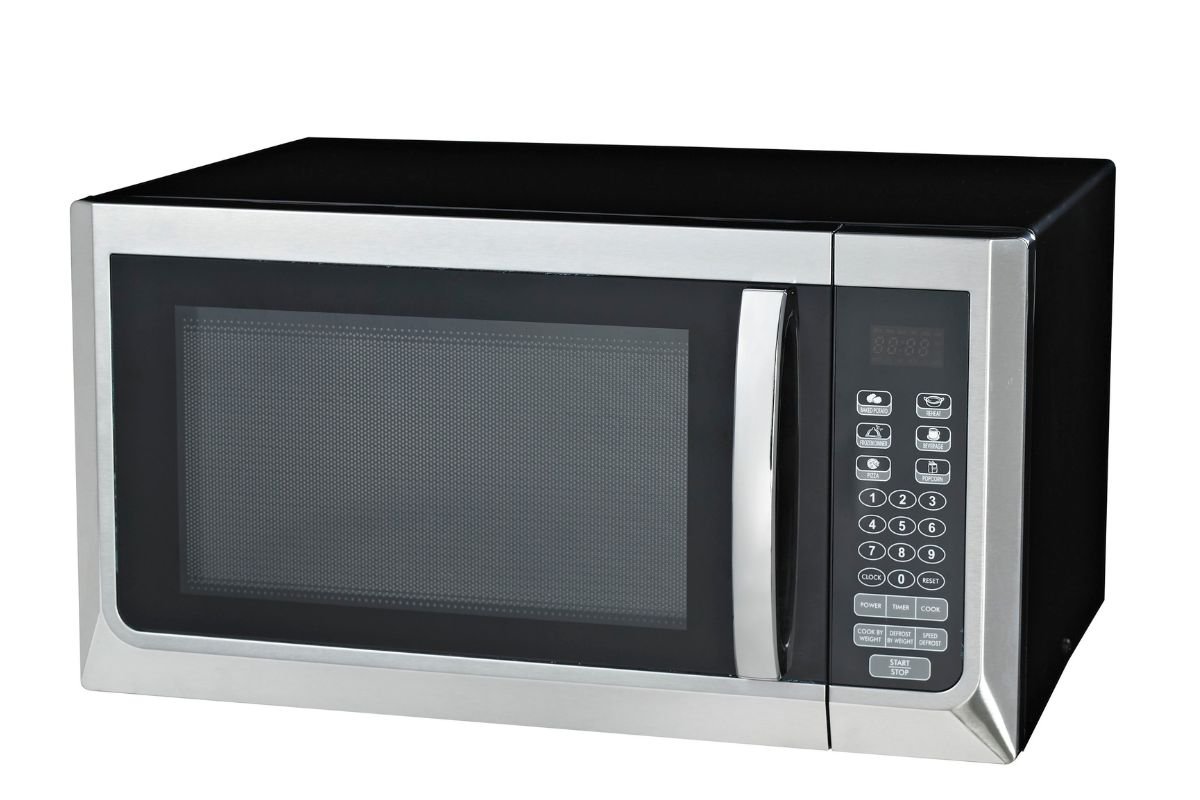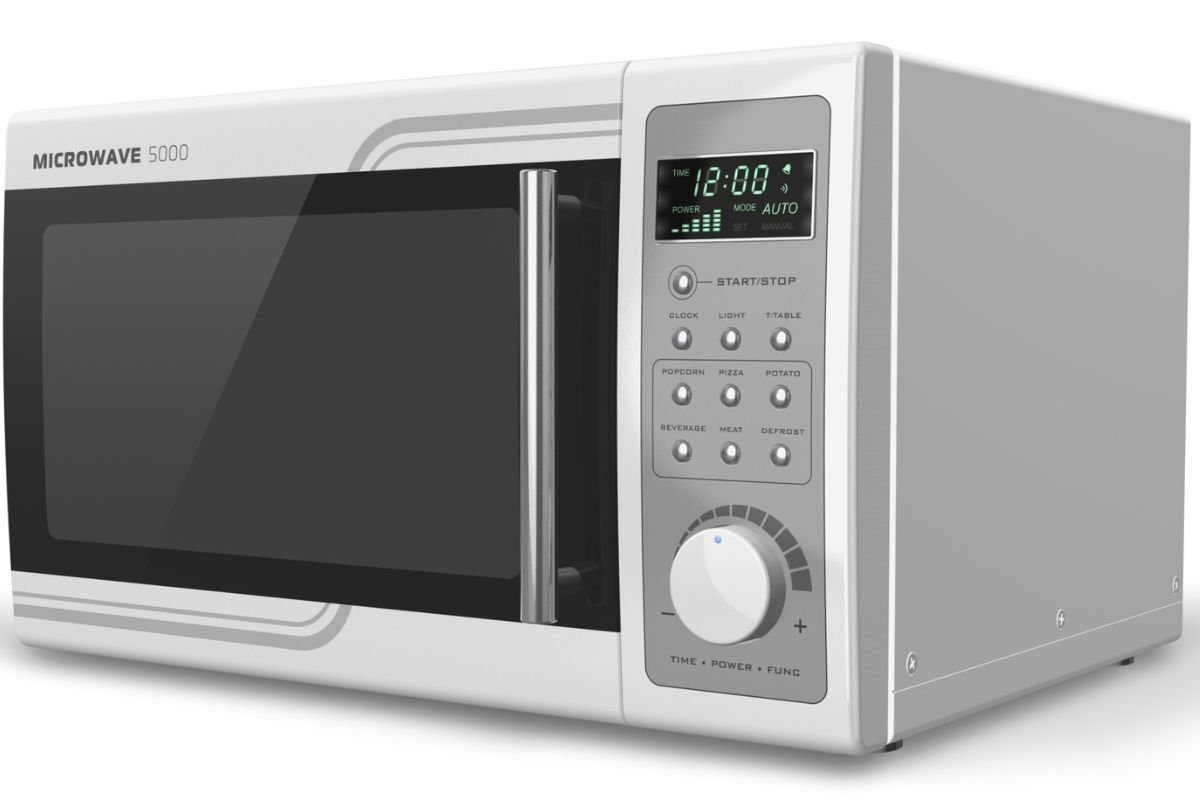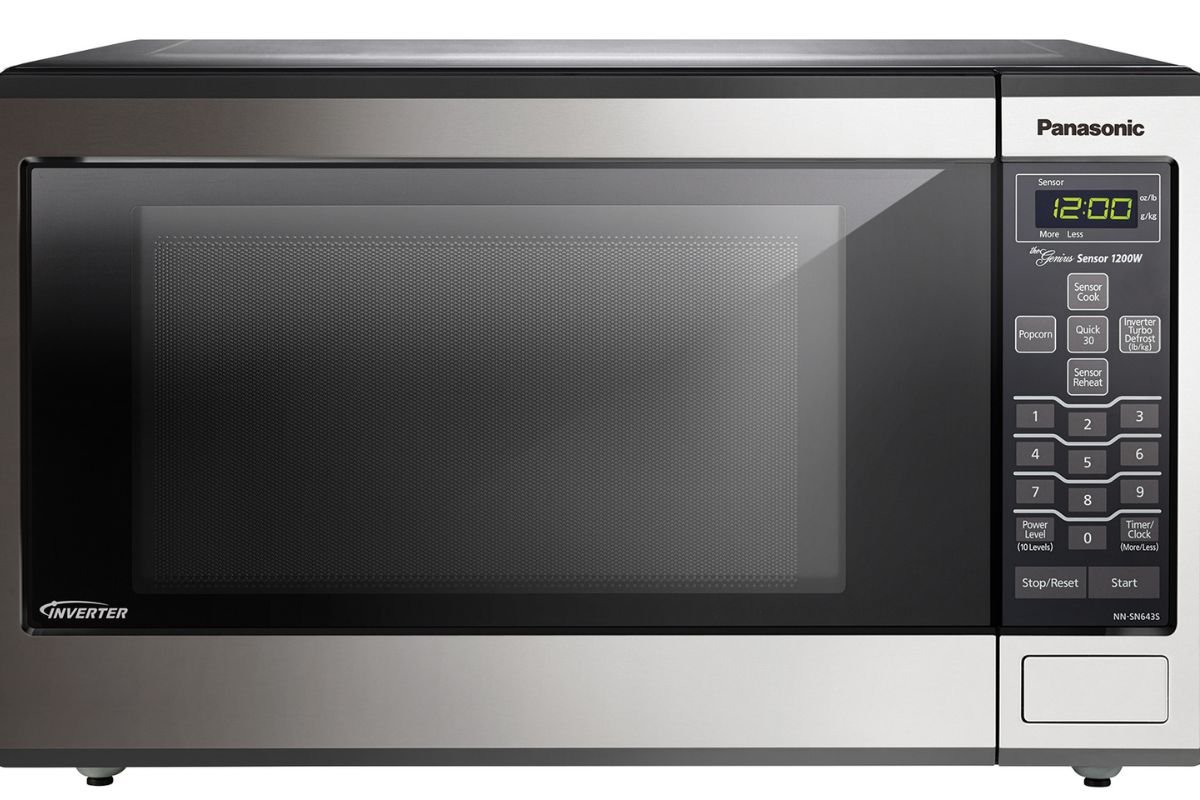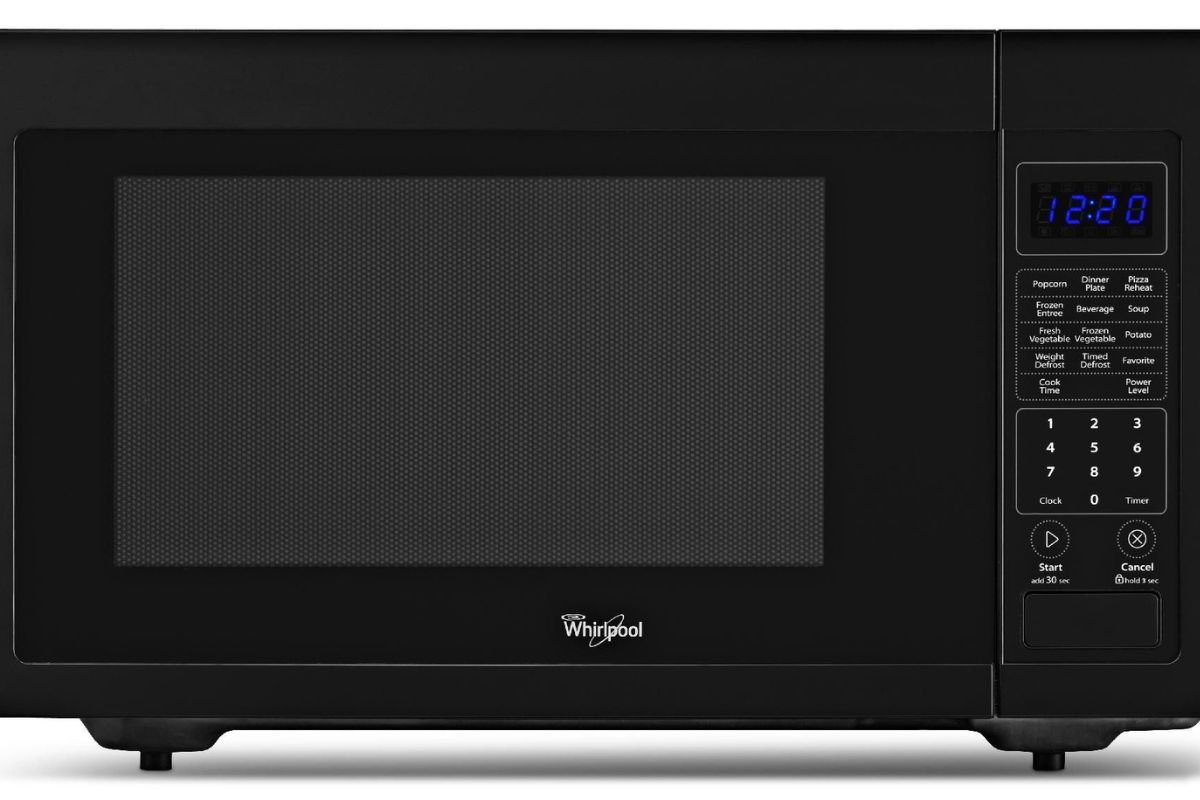Microwaves can do more than just heat up cold coffee and frozen dinners. In fact, microwaves’ additional cooking capabilities (from convection cooking to steaming) make them more necessary than ever, especially if you’re not a planner and need to defrost a piece of meat to cook for dinner.

Although countertop microwaves are the most common, an over-the-range (OTR) model can round out your kitchen suite, especially if you prefer appliances that are all one brand, with matching handles and other details. Whichever type you choose, you’ll want a microwave that measures up to reliability and owner satisfaction as predicted in our member surveys.
Once you’ve made the investment, treat your microwave with care so it lasts. To extend its life, experts say clean up regularly as messes occur and avoid placing metal utensils and dishes inside your microwave, along with six other tips. If used properly, you shouldn’t need to replace a microwave more than once every 10 years, which is how long the manufacturer says microwaves should last.
A countertop microwave is an important appliance for any starter kitchen, such as a first home or off-campus apartment. And you don’t have to spend a lot to get top performance, as evidenced by this selection of countertop microwaves for $150 or less. An OTR microwave may be a good choice if you have limited counter space or prefer a built-in appliance. Although it starts at $200 or more. Pricier still built-in microwave, which can be built into the wall or surrounded by cabinetry. While a built-in microwave is a great option if you want a more sophisticated-looking kitchen, it can be more expensive than other types, ranging from around $300 to over $1,400.
At Consumer Reports, we test microwaves in every price range and buy every model we test. Our ratings include small, medium-sized, and large countertop microwaves; OTR microwaves; And some built-in models that seamlessly integrate into your cabinetry.
Our tests found large differences in overall performance. We heat mashed potatoes to test heating, and we use frozen ground beef to test defrosting. We also test heating speed, sound and ease of use. We also measure usable capacity—manufacturers often include spaces you can’t use, such as corners around turntables. And we test how well OTR models flow.

How to choose a microwave:
a microwave
The average cost of countertop microwaves is generally lower than other types. Small models start at around $50, and mid-sized models usually range from $100 to $300. OTR microwaves can be found for
as low as $200, but most we test cost $400 or more. Models designed for cabinetry or wall mounting only cost around $300 or more. Some countertop models are available with kits that give you a built-in look for less.
place and location
Think about where the microwave works best for you and the available space. Countertop models eat up countertop real estate. For example, medium-sized models are typically 20 inches wide and up to 18 inches deep, and large microwaves can be an inch or two larger. You’ll also want to factor in height, but unless you have very low cabinets, a countertop model should fit nicely. Dimensions can be found on each microwave’s model page in our ratings.
Also Read: Best Oven buying guide 2024
Type
Countertop models are the most widely sold. OTR models are just that: they are installed on the range The built-in category includes models that are designed to be built-in only—surrounded by cabinetry or built into the wall. Microwave drawers fall into this group and can be placed under the countertop or under the wall oven. And then there are some—but not all—countertop models that can be converted to built-ins with kits.

Microwave type
Depending on your kitchen, you can choose from countertop, OTR and built-in microwaves. Note that unit size does not always translate to usable cooking space. Our research shows that the usable power of the microwaves tested is about 50 percent of what the manufacturers claim. We measure how much space you can actually use. Higher wattage models generally have more cooking power, but the difference of 100 watts or more is not very significant.
All the microwaves in our test have the lowest wattage of 700; Models with higher wattage provide faster and more even cooking. In our recommendations, for example, all microwaves feature power levels between 1,100 and 1,250 watts. Watts are listed in our full view of microwave ratings; Slide the ratings and specs bar to the right. Usable capacities and wattages presented below are based on our tested models, which represent the market.
Countertop microwave
The price and easy installation are attractive. Just plug into a normal outlet—use one dedicated to microwaves, or it could trip the circuit breaker. Our ratings have zero usable capacity. Also note the external dimensions of the microwave considering the space you have available. A stainless steel finish is common, and a convection feature is being made available in more models.
usable capacity
Most of the tested models in this category have a usable capacity of about 50 to 60 percent of what the manufacturers claim.
watt
700 to 1,100 for small
800 to 1,250 for medium size
1,000 to 1,250 for large
Over-the-range microwave oven
Known as OTR, these models free up counter space. But while they can be outfitted, don’t expect an OTR and a range hood to come out either. Installation may require an electrician.
usable capacity
Most of our tested OTR models have a usable capacity of about 40 to 50 percent of what the manufacturers claim.
watt
850 to 1,100
Built-in microwave
This category includes models that are designed to be built-in only—surrounded by cabinetry or built into a wall. Microwave drawers, for example, can be placed under the countertop, they can be moved out of sight and slid out for easy access, or they can be installed under a wall oven. The look is sleek and cohesive. Some countertop microwaves can be built with a kit. The information below is for models designed for built-ins, not countertop models with optional built-in kits.
usable capacity
We haven’t tested the built-in enough yet to determine the percentage of usable capacity compared to manufacturers’ claims.
watt
950 to 1,000
